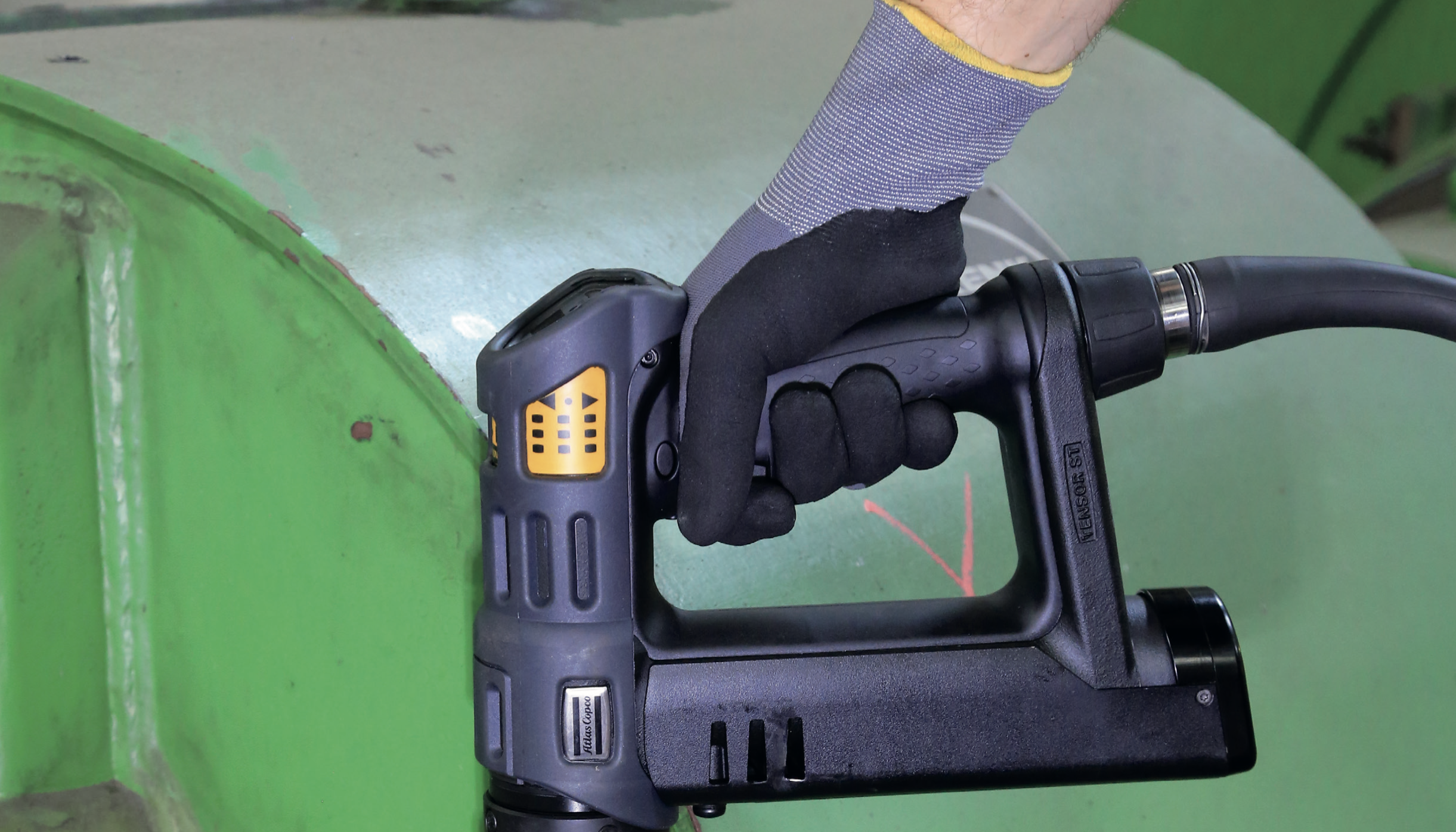The wind industry has a huge number of bolted joint connections and for the most part they are critical to both performance of the turbine and safety of those working on or around it. The primary installation method for assembly of equipment, construction of turbines and for maintenance is the tightening and checking of threaded fasteners, or bolts, because this is a standardized way to design joints which can also be repaired or replaced during the course of the turbine’s entire life cycle. These joints provide structural integrity of the tower, nacelle or blades, they ensure correct performance of equipment, they ensure the safety of both the workers during assembly and construction, and if installed correctly can maximize the lifetime of the turbine.
All of this directly impacts the reputation of all stakeholders in the value chain, from turbine OEM, to service provider and the asset owners and importantly has a significant direct impact on the cost and efficiency of the industry.
Considering the continued ongoing focus to reduce costs and improve efficiency whilst at the same time securing safety throughout the industry you would expect that there is a high focus on bolting operations, however for the most part this is an area that seems to be often overlooked.
What is important to know is that the technology in bolting tools and solutions has accelerated forward in recent years, and the technology that was previously considered only applicable inside factories, can also now be applied in the field, meaning that sectors such as wind turbine construction, commissioning and maintenance work can really benefit with the same type of highly accurate, ergonomic and productive tools that had previously only been used in fast paced assembly lines.



























